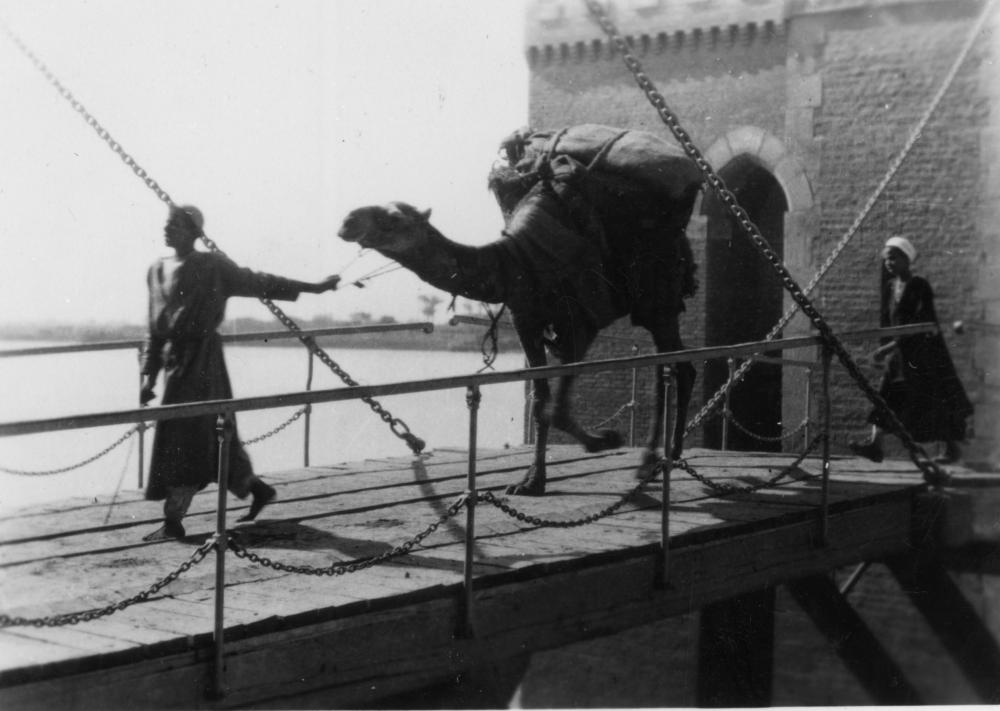Why pose outside when you can pose inside and pretend to be outside?
Here’s a great illustration of Orientalism: a European model imagined as an Arab. Exotic oasis with odalisque. Orientalist photography and painting were born from European colonisation of Middle and Far Eastern countries. Artists and photographers at the end of the 19th century and up to the Second World War years produced paintings and postcards depicting exaggeratedly different and exotic females both in and out of the studio. Outside the studio, photographers captured images of women who were mostly covered. In the staged setting of a studio, women were mostly uncovered, and it’s these photographs that express a Western male’s fantasies of penetrating the harem, in a scene which could be created with actual North African women or, as here, with a European model posing as an odalisque (a female slave or concubine). The images say more about the colonial perspective than about Arabs: the men were seen as enviable sheikhs with many wives and concubines and the women were often painted as belly dancers whose sole occupation was to entertain and satisfy men. We, the Western viewers of these images, both men and women, were convinced, by the contrast, that we were civilised. Except, this is an image my father obtained in colonised Egypt while fighting in a six-year-long war between civilised countries.










